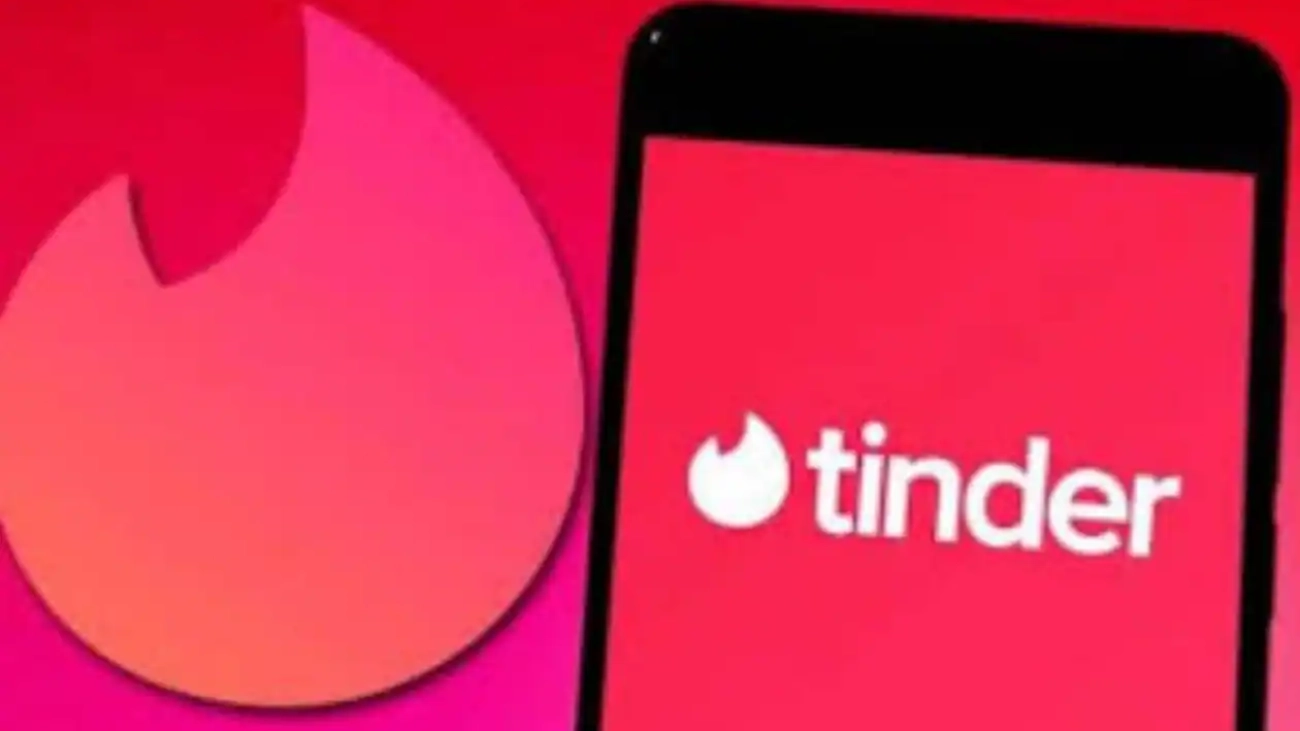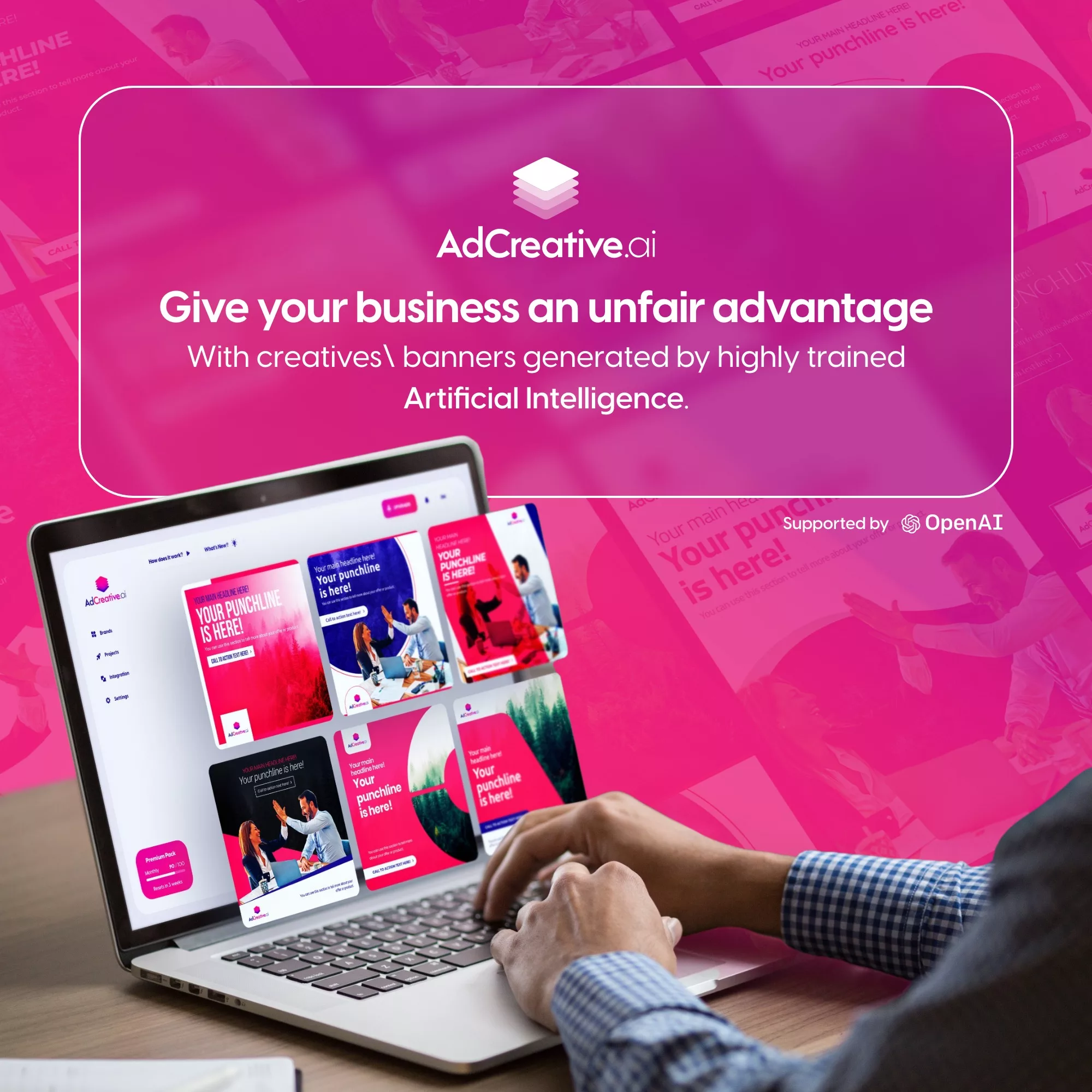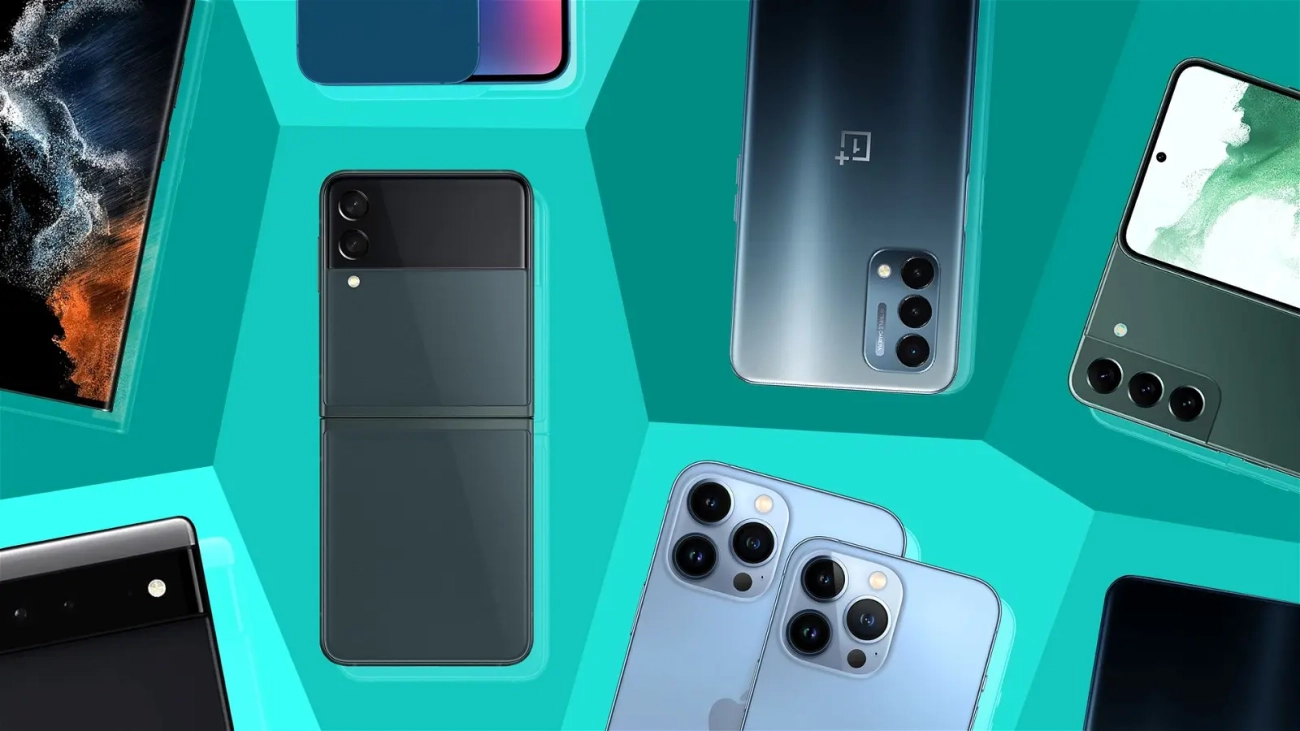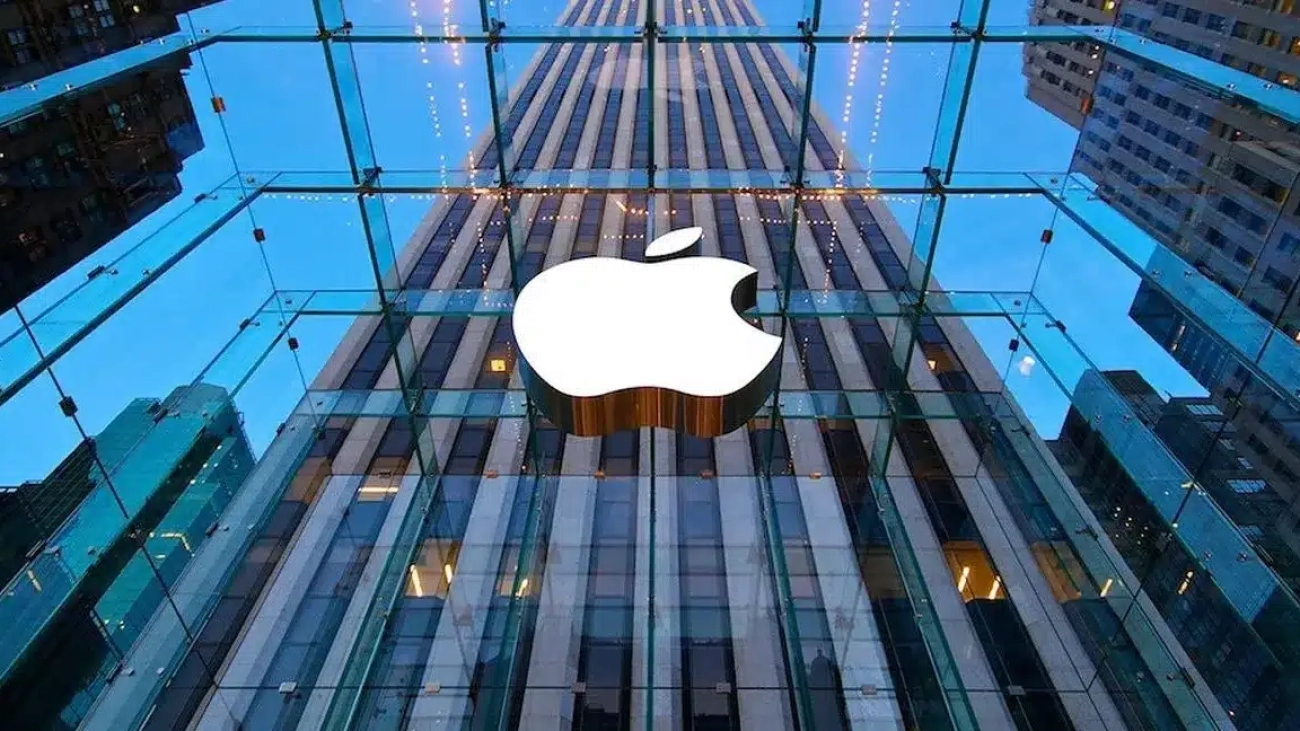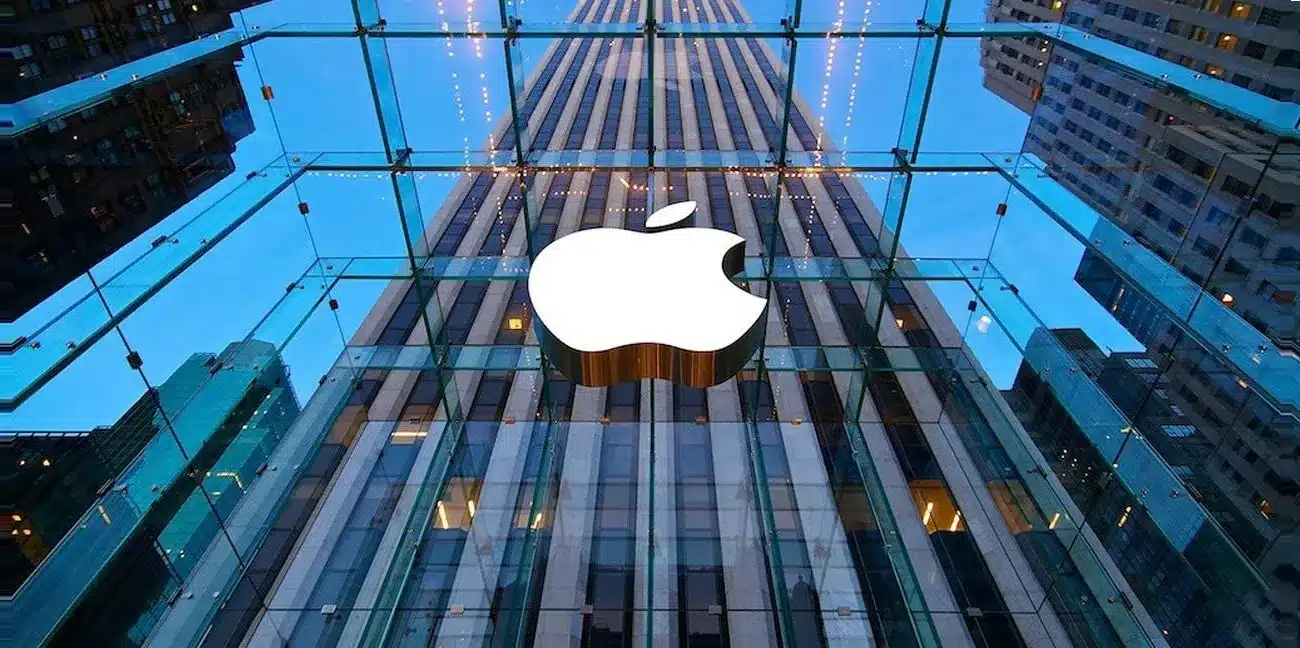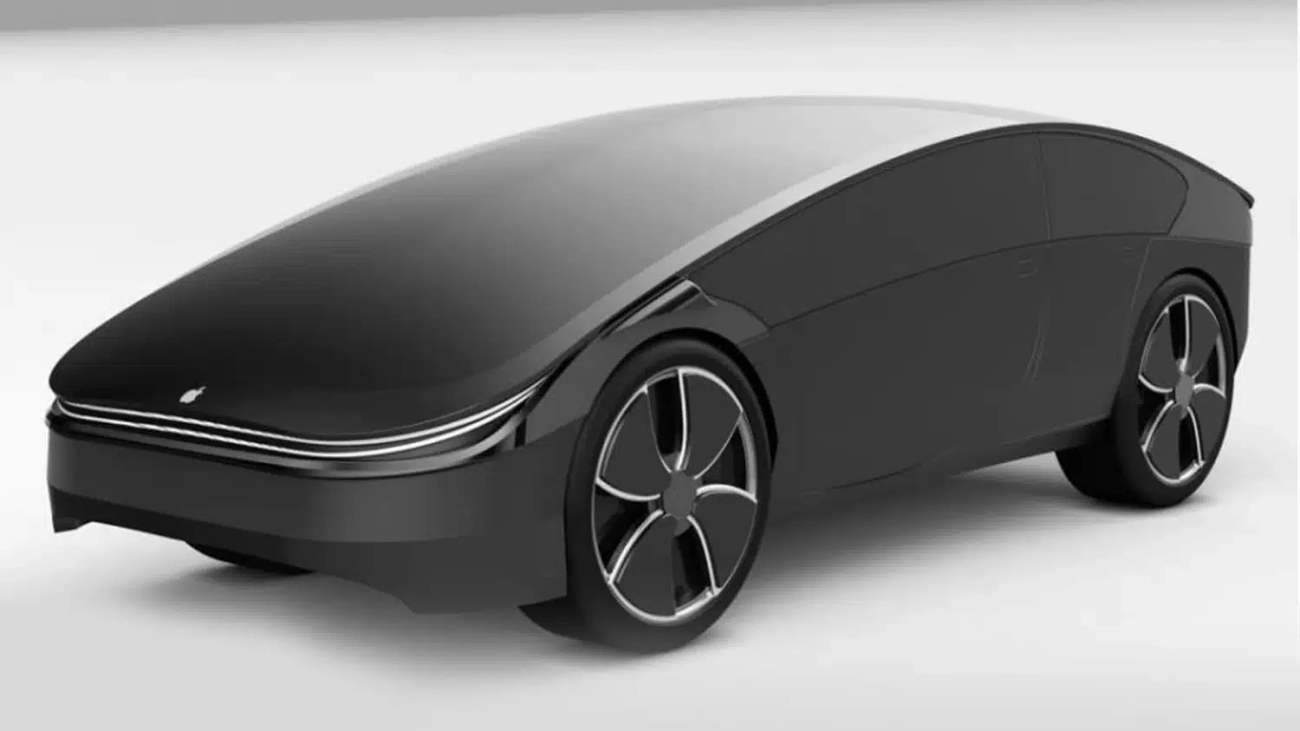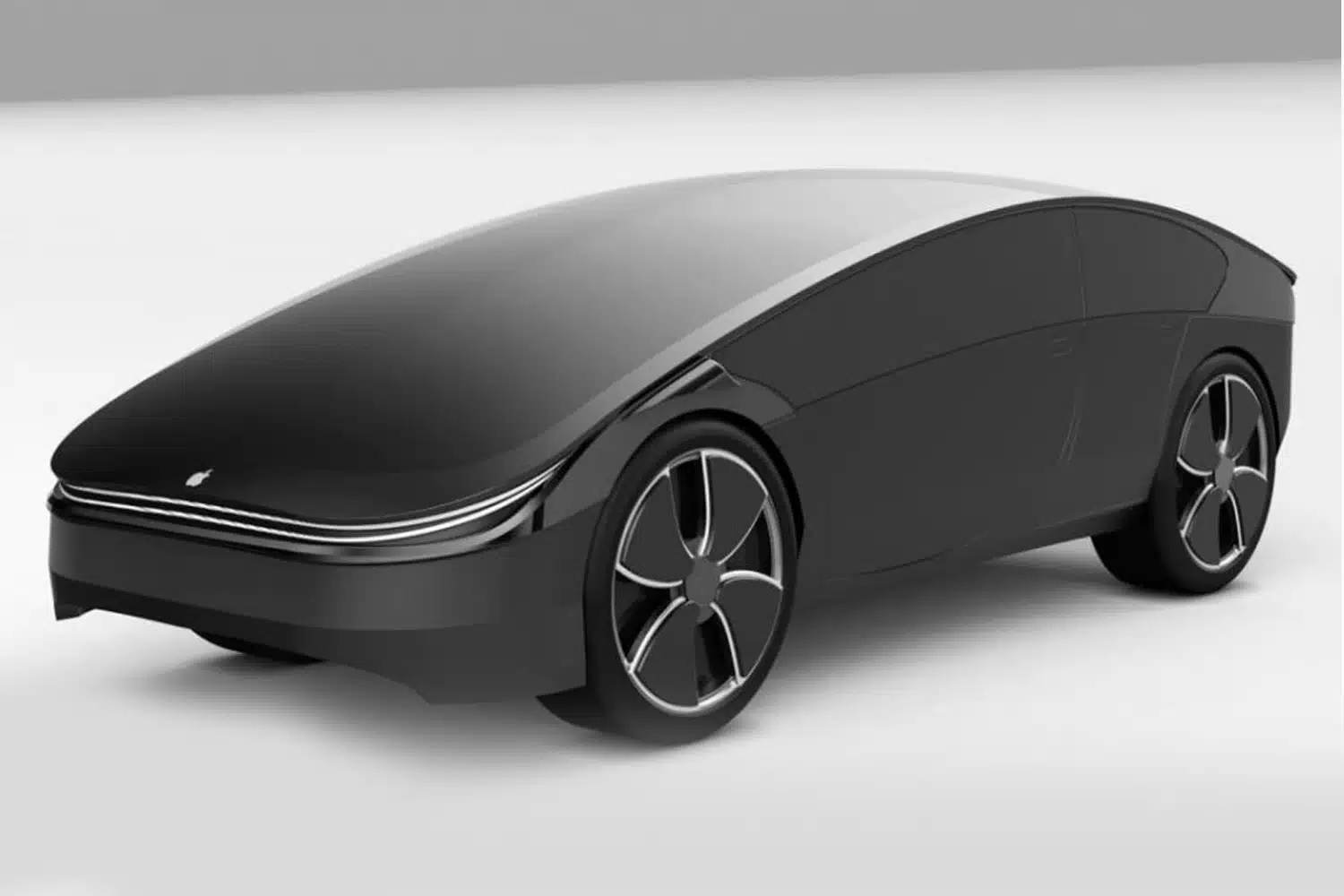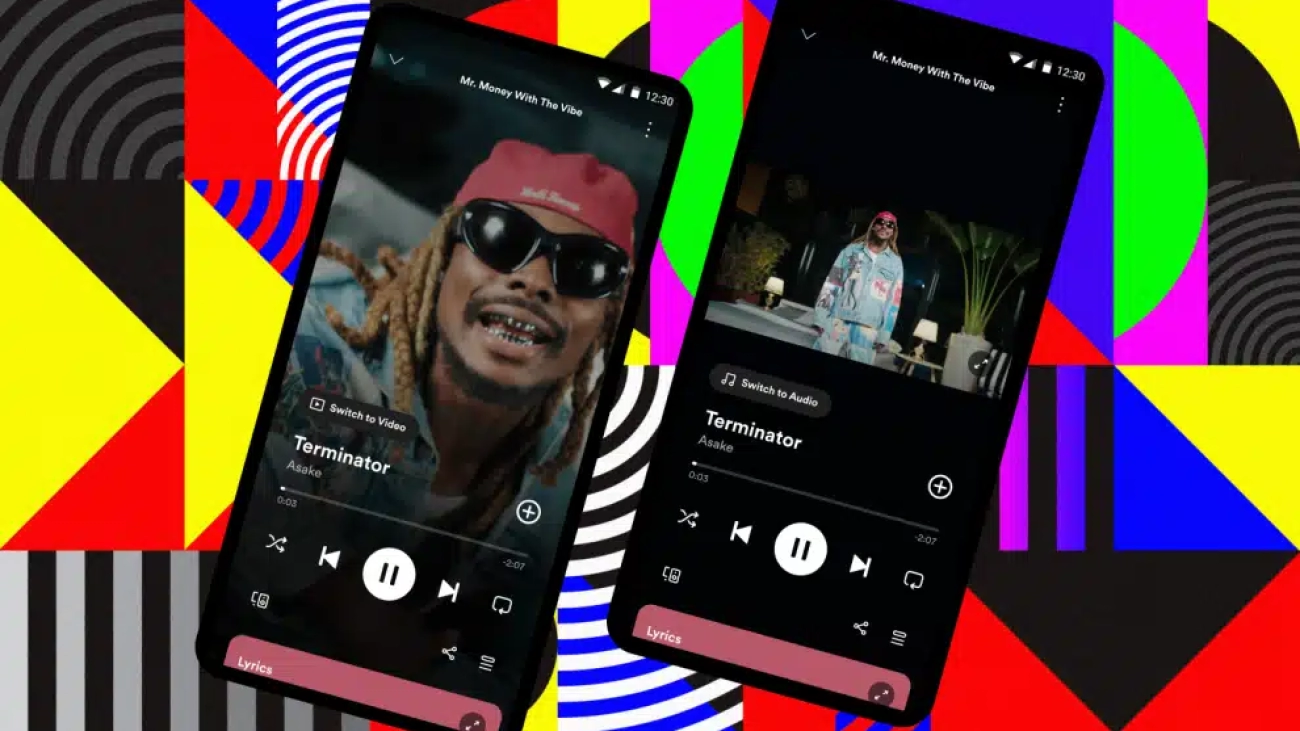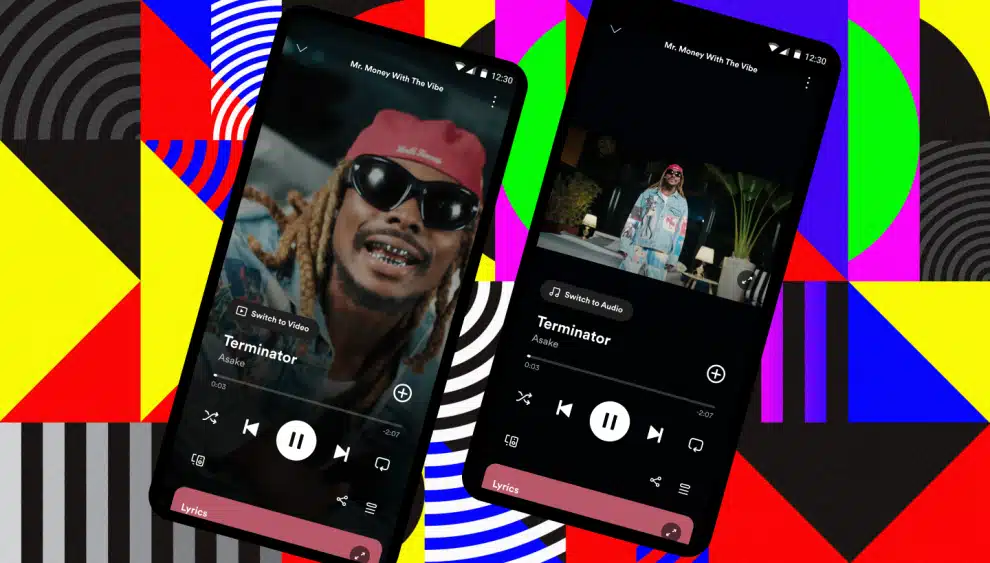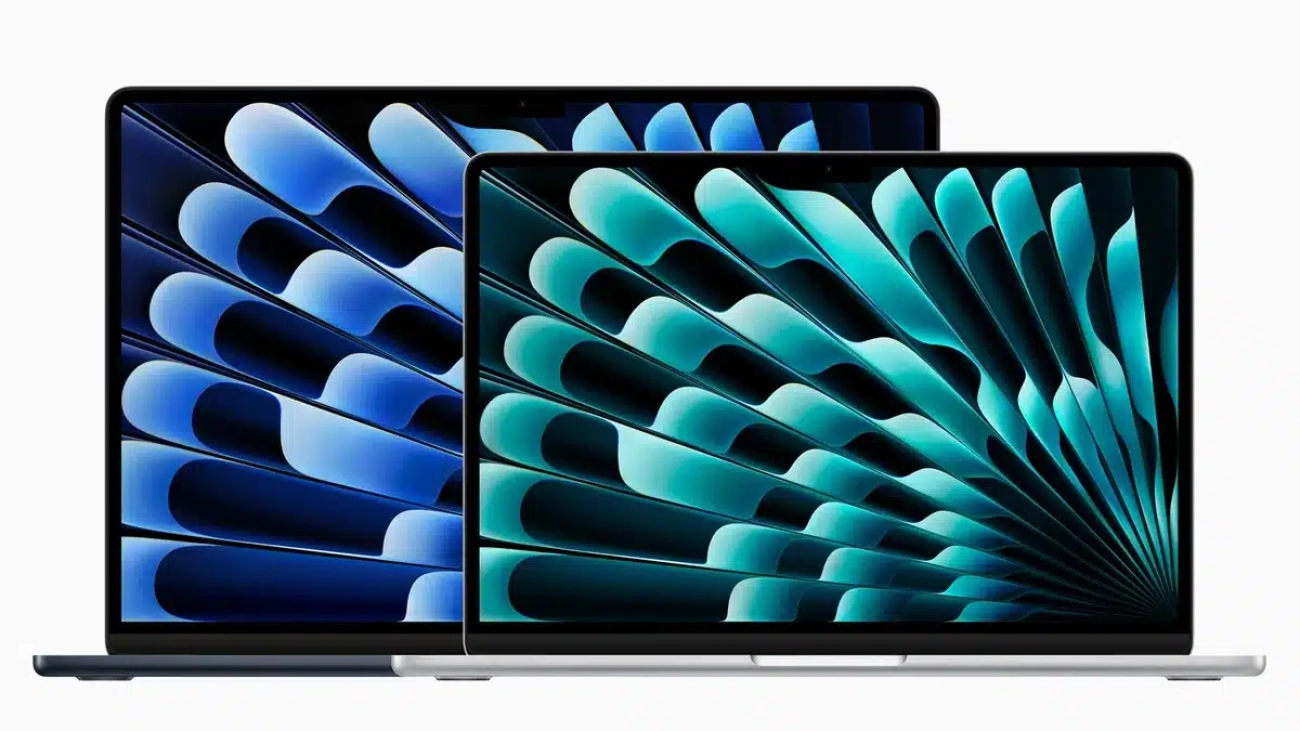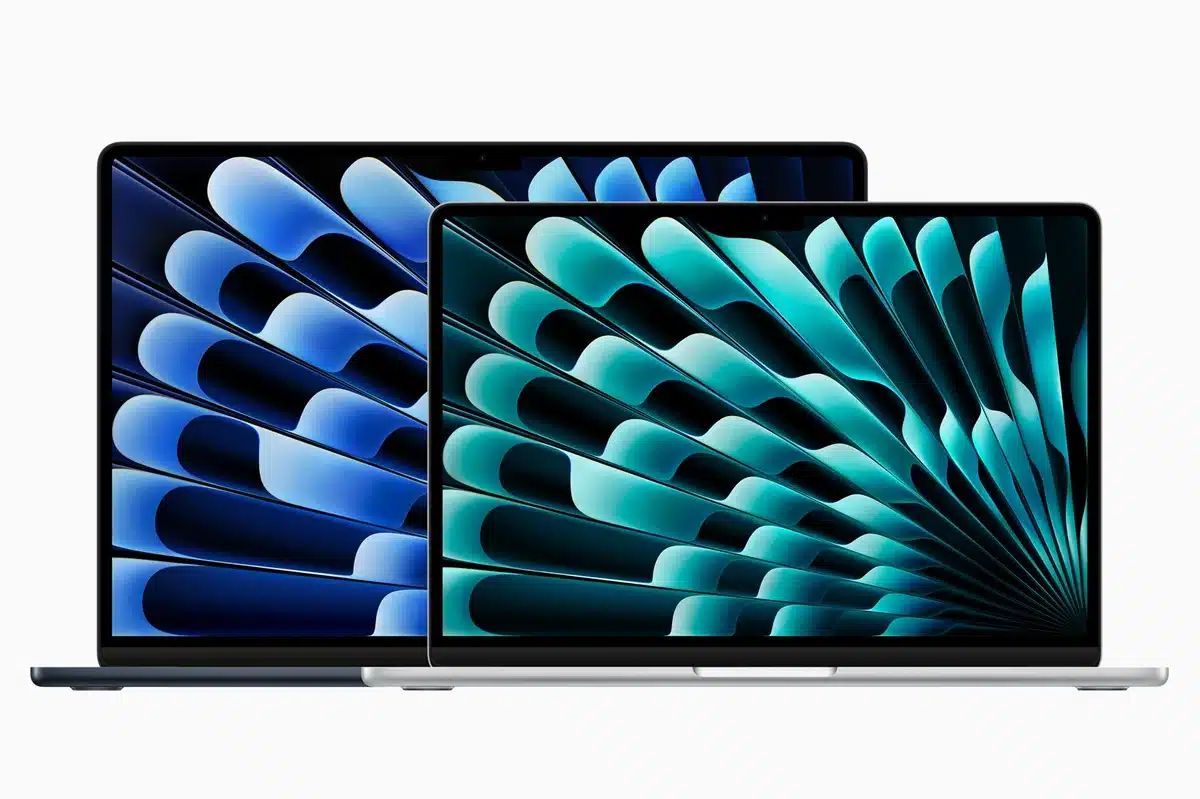
If you’ve ever shared screenshots of dating profiles with friends to get their take or give them a heads-up on your weekend plans, Tinder has a new feature that will make the process a whole lot easier. The dating app has introduced a new option called “Share My Date,” allowing users to share their date plans directly from the app.
What is ‘Share My Date’?
With “Share My Date,” users can send a link that includes key details about an upcoming date, such as the match’s name, meeting location, date, and time. You can also add a note at the bottom to provide extra context. Links can be sent up to 30 days before the date and can be updated as plans change.
How Does it Work?
Anyone you send the link to can view the details, even if they don’t use Tinder. Those with a Tinder account can view the match’s full profile, but they can’t interact with it, meaning they can’t message your match. Non-Tinder users will see a limited version of the profile, including photos, name, and age.
Protecting Privacy
The “Share My Date” link expires after a certain period, similar to Tinder’s “Matchmaker” feature that allows friends to suggest potential matches. This expiration is in place to discourage users from sharing the link on social media, keeping the interaction more private.
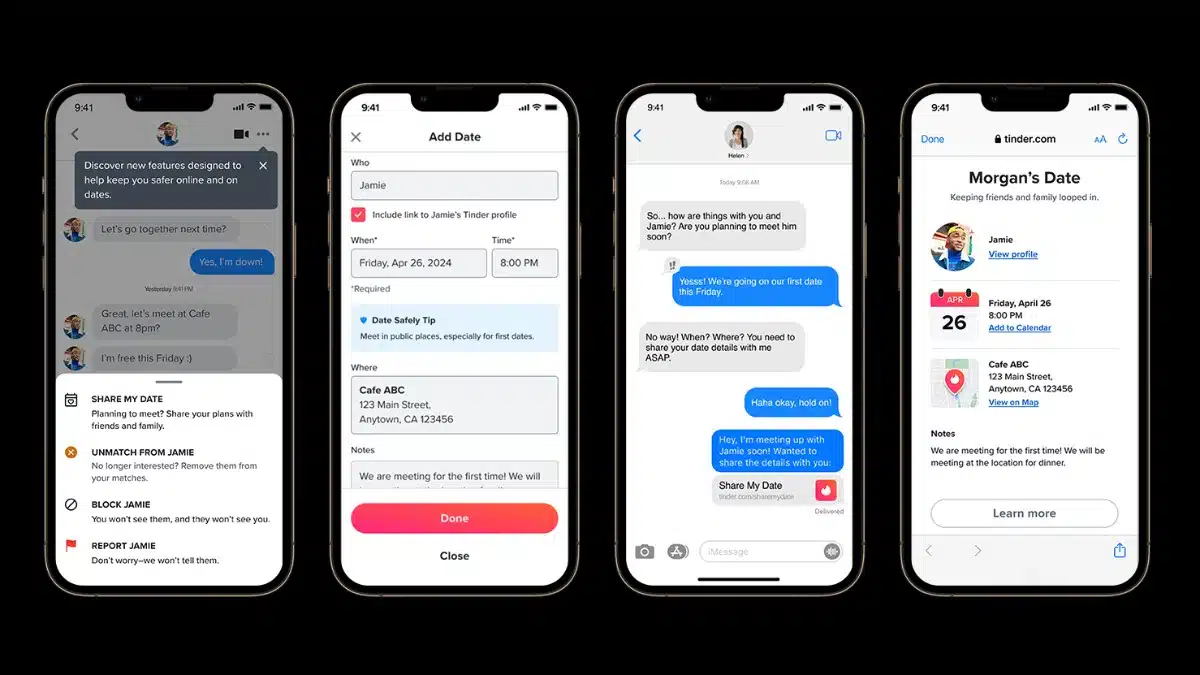
Why ‘Share My Date’ Matters
The feature is based on Tinder user data showing that over half of singles under 30 share the details of their dates with friends ahead of time. Tinder’s CMO, Melissa Hobley, emphasized that the goal is to offer a “fun, safe, and respectful experience for all,” adding that discussing plans with friends and family is a “time-honored dating ritual.” “Share My Date” streamlines the process so users can focus on the fun aspects of getting ready for a date, such as what to wear and conversation topics.
Rolling Out Globally
“Share My Date” is set to roll out across various countries, including the U.S., U.K., Australia, Canada, France, Spain, Italy, Netherlands, India, Germany, Ireland, Japan, Brazil, Singapore, Switzerland, Mexico, Korea, Vietnam, and Thailand, in the coming months.
Read Also: Enhancing Email Engagement through Social Media
Context: Tinder’s Slow Growth
The launch of “Share My Date” comes at a time when dating apps are seeing slower growth. As of January 2024, there were only about 12.7 million installs in the U.S., an increase of 2.38% compared to the previous year, which saw 16% growth. Tinder’s paying customer base also declined by 8% year over year in the fourth quarter of 2023, reaching 10 million.
Match Group, the parent company of Tinder, Match, Hinge, OkCupid, Plenty of Fish, and other apps, will report its Q1 2024 earnings on May 8. As dating apps face challenges in maintaining growth, features like “Share My Date” may play a role in attracting and retaining users.

